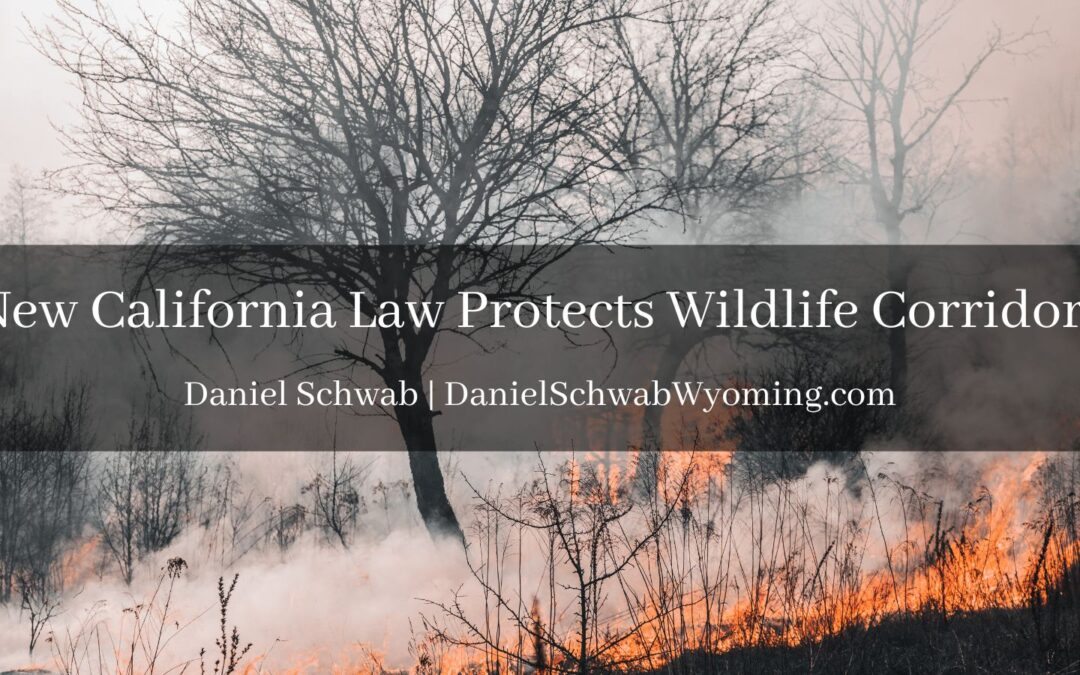In 2022, seven states enacted laws that provided millions of dollars for constructing wildlife crossing over busy roads.
These milestones- in California, Colorado, New Mexico, Oregon, Utah, Washington, and Wyoming- broke new ground in protecting corridors while blazing new trails for repeating or expanding future projects.
California Governor Gavin Newsom signed the Safe Roads and Wildlife Protection Act in law on Sept. 30, which addresses ecosystem connection from a transportation perspective.
Throughout the U.S., wildlife-vehicle collisions are on a rise, which encouraged this state and federal action. It is due to population growth and road traffic in once-rural and remote areas. These collisions have claimed the lives of hundreds of drives and millions of animals, costing up to $12 billion annually.
Wildlife biologists have commercialized new tracking technology to better understand when, where, and in what numbers wildlife move throughout the year. This provides information on which areas to conserve and how to improve road safety. In many states, healthy populations of big game is crucial to the hunting, fishing, and wildlife-viewing industries that generate millions of dollars annually to local and regional economies.
The new California law draws on efforts in other states, such as New Mexico and Oregon, where new policies call for states to identify or designate specific wildlife corridors. In California’s case, the law provides a broad range of considerations that may support a region’s potential as a connectivity area, including sensitive, threatened, or endangered species habitat or places where species’ range shifts may occur as a response to climate change. This approach enables the state to classify broader areas for connectivity prioritization and lessens the focus on the migration or movement of a particular population of animals.
California’s new wildlife corridors law is a significant contribution to the growing number of state statutes that address ecosystem connectivity as well as driver safety.


